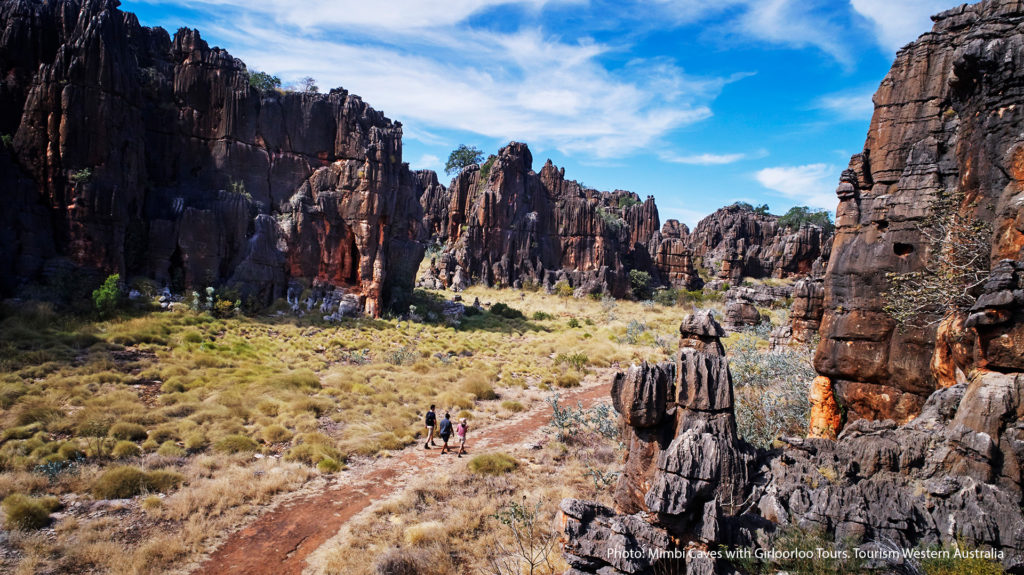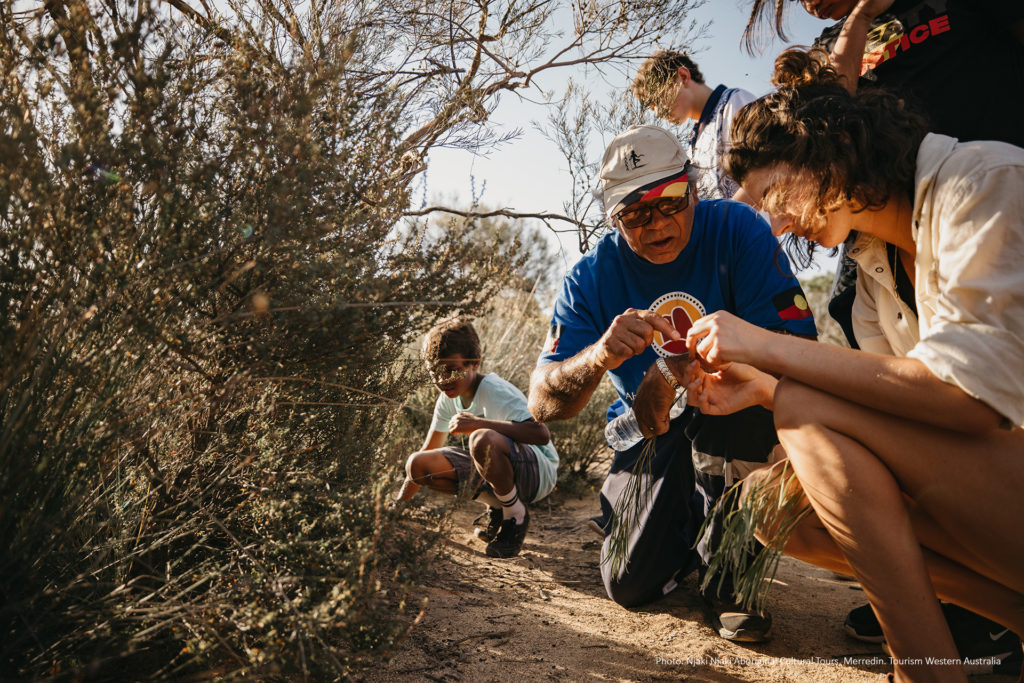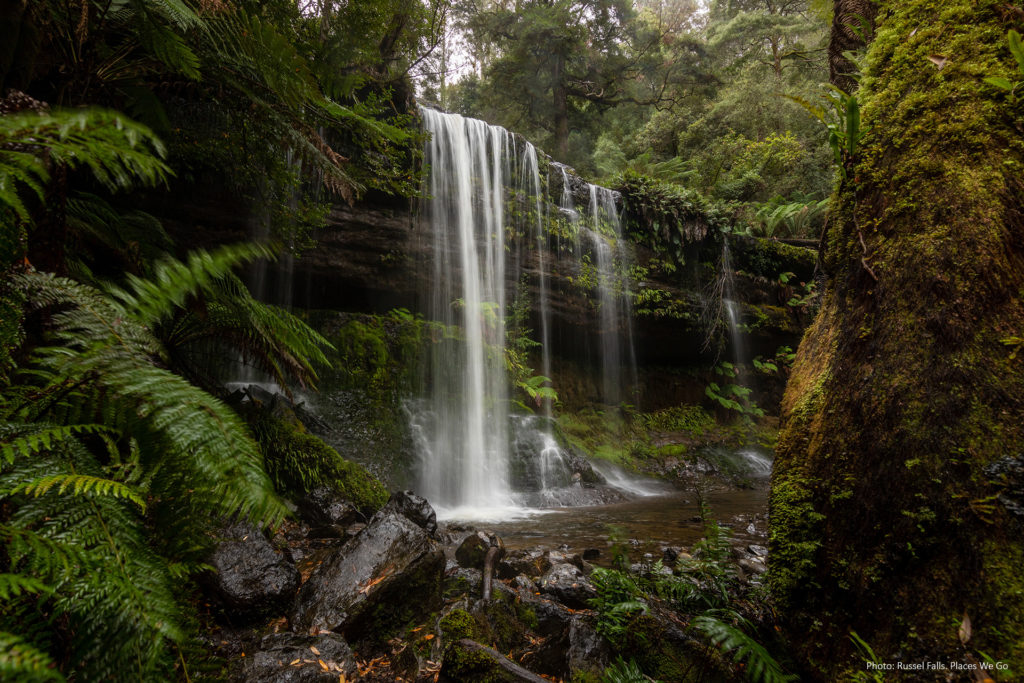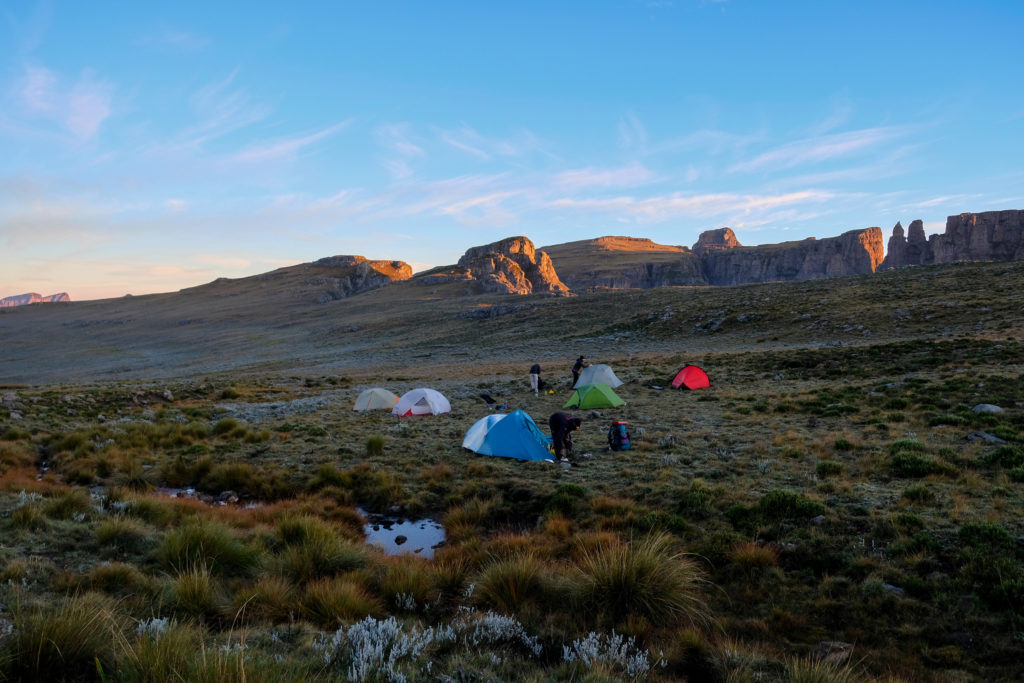Sustainability. Environmentally-friendly. Leave No Trace. These words and more are thrown around 24/7, but what do they actually mean? Is it as simple as carbon offsetting and reducing your single-use plastic, or is there more to it?
Ahead of the Adventure Travel World Summit – taking place from 20-24 September – we delve into the meaning of sustainable tourism, why it matters and how we can all work together to make it happen.
If you’re attending the summit, be sure to join Wejugo founder & CEO Mike Welling who will be discussing how intelligent (and ethical) data can transform tourism experiences.
What is sustainable tourism?

In 1988 the United Nations (UN) Environment Program and UN World Tourism Organization, defined sustainable tourism as “tourism that takes full account of its current and future economic, social and environmental impacts, addressing the needs of visitors, the industry, the environment and host communities.”
Three decades on, and sustainable tourism is more important than ever. Pre-pandemic the tourism sector was responsible for 8 per cent of all carbon emissions. And that’s before we even think about things like littering and other human impacts caused by travel.
While the situation might seem dire, the good news is that 87% of people want to travel more sustainably. There have even been huge public movements like the ‘flygskam’ movement (meaning ‘no fly’ in Swedish) to encourage people to give up flying for a year and embrace slower, more economical ways of travelling.
Tourism providers are working hard to make the industry more sustainable too. This year’s Adventure Travel Trade Association (ATTA) Industry Snapshot Survey delves into issues impacting its global community with many concerned about tourism and conservation issues.
These issues include climate change, wildlife protection, community livelihoods, habitat restoration, mitigating over-tourism, and permanent land preservation.
According to the survey, 40% of respondents have or are working toward a sustainability certification, which is a huge increase from 32% in the prior year. And all of that is whilst juggling the devastating impact that COVID-19 has had on the adventure tourism industry, with some operators welcoming zero visitors during the 2020 season.
How does sustainable tourism help the environment?
One thing is clear. Sustainability is about far more than just looking after the natural environment. It’s also about factoring in the social and economic impact of tourism activity.
The ATTA says, “our goal as an industry should be to deliver sustainable tourism, defined as net positive. This means basing tourism on profitable business models that provide economic rationale for protecting and enhancing the natural environment, wildlife, and our shared global cultural heritage. It also means being human-focused and in balance — oriented around the well-being of host communities, entrepreneurs and, of course, travellers themselves, in harmony with the environment. Our mission is to empower a global travel community to deliver experiences that protect natural and cultural capital while creating shared economic value.”


How to develop sustainable tourism
For the ATTA, sustainable tourism needs to be embraced on a deep, values level. The organisation’s 2nd edition of the Adventure Travel Guide Standard, lists ‘sustainability’; as number one on an adventure travel guide’s list of core competencies.
Integrating this so highly into the new standard – above technical skills, customer service, risk management, and interpretation – is a bold statement of just how important this issue has become.
Taking into consideration the social, economical and environmental aspects, to be truly sustainable, the ATTA believes that adventure guides must:
- Respect the human rights of all participants in adventure travel activities
- Minimise harmful impacts on biodiversity, ecosystems and the natural environment
- Protect animal welfare and report animal abuse
- Respect local and international accords on illegal wildlife and cultural artifact trade and report violations
- Inform participants and partners on best practices for sustainable travel in adventure destinations
Here at Wejugo, we work with many tourism companies, but we also pioneer independent adventure travel too. To truly reach a net positive tourism industry, we believe that the responsibility can’t solely lay with tourism providers – independent travellers need to take ownership too.


Our extra tips for sustainable solo adventures include:
- Always follow the Leave No Trace Rules
- Look into citizen science projects so that you can give back whilst on your adventures. If you’re in Australia this citizen science project finder is a useful tool and there will likely be a similar one for other countries
- If you spot a biorisk, report it to the local national parks office or relevant authority
- Respectfully engage with the community you’re travelling through. Support local businesses, follow local customs, and never damage or litter
- Take responsibility for your own actions; know your own skill level so you don’t get into trouble and put pressure on local rescue services, always follow local safety advice and guidance, and always be prepared with the right equipment, weather reports, risk management plans etc


Sustainable tourism in action
Sustainable adventure is possible for both independent travellers and tour operators, as long as you’re willing to put in the effort.
Kayaking 2,000km using zero single-use plastic
Take Aussie kayakers Lucy Graham and Mathilde Gordon for example, who completed a 2,000km, three-month single-use-plastic free kayak expedition from Juneau, Alaska to Vancouver Island in Canada.
The hardest element of preparation was how to keep food fresh for three months without any plastic. They spent months researching before hitting on the simple and easy-to-replicate method of wrapping food in three layers of newspapers and storing in dry bags.
Before the trip, they left food – packaged like this – for three months in Tropical Queensland to road-test whether it would remain fresh for the entirety of their trip (it did, so feel free to adopt the technique).
Using Instagram influence to inspire a worldwide movement
Another example of solo adventurers doing good along the way is Jackson Groves, an explorer and world traveller who put his Instagram fame (he has almost half a million followers) to good use by launching the Adventure Bag Crew. The premise is simple; every time you go on an adventure, pick up a bag of trash.
On his website, Jackson says:
“This is an adventure bag. It is full of trash. Every time I go on an adventure I collect one adventure bag full of trash. It’s my small way of saying thanks to mother nature for allowing me to enjoy her beautiful creations. If we have time to go on an adventure, then we have time to collect an adventure bag on the way back out of the trail once we have enjoyed the waterfall, the hike or the beach.”
The Adventure Bag Crew account now has 84,000 followers and has inspired a global movement of people who are now exploring the outdoor world more sustainably; making a positive impact on the environment and the local community.
Tour operators are also playing their part
As for tour operators, the ATTA has a plethora of members doing everything they can to offer more sustainable travel options to their clients and pioneer a more sustainable future for the industry.
Amity Tours for example – which offers responsible tourism in Chile’s Lake & Volcano District, Atacama Desert and Patagonia – has taken on the challenge to become a zero-waste company.
They’re currently focussing on Reducing, Reusing and Recycling with initiatives including buying food in bulk from local organic food suppliers to minimise the single-use plastics, donating reusable water bottles to local sports clubs, and donating any organic food waste generated from trips to the company headquarter’s very-happy-to-oblige chickens.
In an interview with ATTA, Amity Tours stated: “While we were investigating how to become a Zero Waste Company, a whole new world opened up. We learned about sustainable practices for tour operators and found great local alternatives for our previous waste problems.”
It’s another example of how research, time and effort can make all the difference.
What both of these examples have in common is that – while on the face of it – the sustainable focus is on the environmental factors, the knock-on impact on the economic and social aspects of sustainable tourism is clear.
Graham and Gordon teamed up with local businesses in Vancouver to supply their food and gear and also gave talks before, during, and after the trip to encourage young people to care for the environment and embrace adventure as a way to build confidence and resilience.
Amity Tours meanwhile has a whole host of other initiatives alongside the zero waste mission including re-wilding experiences led by local experts, and the off-setting of non-avoidable carbon locally through the planting of native trees.
The future of sustainable tourism
As the world emerges from COVID-19 and travel begins to reach its pre-pandemic level we are excited to watch this passion and dedication for sustainable travel grow. Together, a net positive future is possible.
Subscribe
Sign up for our latest adventures, stories and news to keep you inspired."*" indicates required fields







